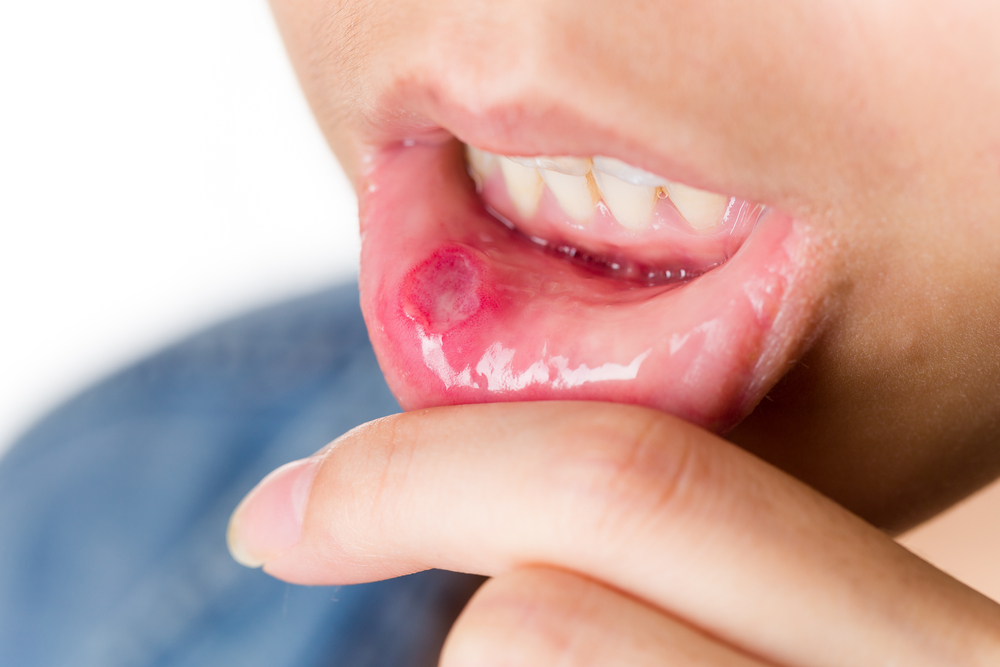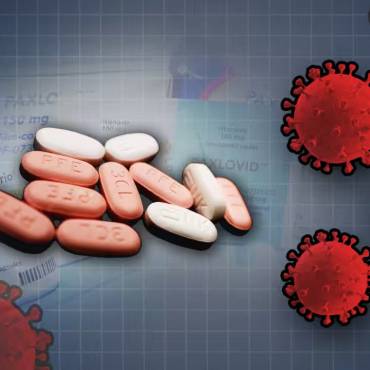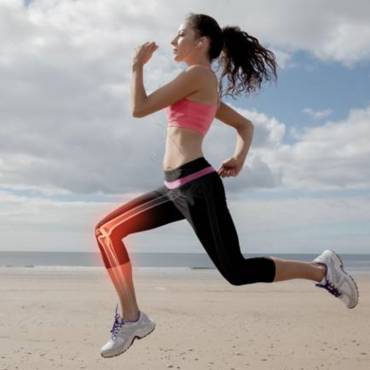Pemphigus Vulgaris is mainly characterized by a formation of blisters in the mouth which make it difficult to swallow food or drink water. These blisters later burst and cause redness and sore mouth, facilitating the formation of several other blisters generally akin to the ulcers in mouth. These blisters don’t go away with time usually and are fatal if they persist. Compared to common ulcers, these blisters are caused by manifestation of the immunity system. Such blisters and disorder is known as Pemphigus Vulgaris (PV).
Mechanism– Our immune system produces antibodies that protect us from the attack of bacteria, virus and other antigens, but if a person contracts autoimmune diseases, then the immune system begins to make antibodies against certain part of body itself. The skin cells are bound together with protein bonds and in PV, the immune system makes antibodies against these proteins which breaks down the protein bonds, thus separating the skin cells from each other. Fluid builds up between the separated cells and blisters are formed. The blisters start appearing on the mouth first. These blisters burst and form painful mouth erosions, which are like ulcers. The skin blisters may remain for some weeks or months even.
Persistence- PV is a rare skin condition. The probability of occurrence is one to five in a million. This condition affects both men and women. Most cases develop in people aged over 50 and is very rare in children. It is most common in certain groups of people- those from the Mediterranean, Indian subcontinent or of Jewish origin. It is a serious disease and needs treatment. If it is not treated, it is often fatal.
Causes of PV- PV is caused by a trigger that affects the immune system and attacks the body’s own tissues. Possible triggers include viruses, infection, or other environmental factors and certain medications. Medications include blood pressure medications (ACE inhibitors) and penicillamine drug which is used as chelating agents (agents used to remove certain materials from the blood; generally used for intoxicating) induce PV.
Symptoms of PV- Blisters in mouth are common and are the first symptoms of PV. The blisters burst and leave raw painful mouth erosions (like severe mouth ulcers). Some people with PV who get mouth blisters also get skin blisters. Blisters develop on any part of the skin. They generally erupt near the surface of the skin of mouth, scalp, trunk, or other skin areas. They are dispersed over several centimetres across the skin. At times, mucous membranes of the throat, anus, genitals, vagina and front of eye are sometimes affected in a similar way to the mouth. After the blisters burst, it leads to inflammation of the organ’s lining.
Diagnosis- PV symptoms are akin to other skin diseases, that is why the diagnosis may not be clear at first. You may be directed to see a skin specialist by your GP. Your skin specialist may refer you for certain tests to confirm PV. The tests include Biopsy, Antibodies tests, Nikolsky’s sign.
Biopsy – A small sample of skin may be taken and observed under the microscope for the blisters.
Antibodies test – This method uses immunofluorescence (injecting harmless coloured dye in blood stream) or ELISA to measure the level of the antibody that causes PV (the PV auto-antibody) in your bloodstream
Nikolsky’s sign – Your doctor or nurse may use a pencil eraser for this test. The eraser is placed on your skin and gently twirled back and forth. If a blister is formed in that area, you are PV positive. People with a positive sign have loose skin that slips free from the underlying layers when rubbed.
Also read: Top 5 Superfoods For Flawless Skin
What is the treatment of pemphigus vulgaris?
If PV is left untreated, the blisters tend to persist and the number of blisters tend to increase. It can become distressing if there are many blisters, as they can burst to leave areas of raw, painful skin. These raw areas are at risk of infection which can be serious. Treatment includes certain medicines which are meant to suppress the immune system like steroid medicines and immunosuppressants. Treatment aims at stopping and reducing the number of blisters. Treatment options include the following:
Steroids
The usual steroid tablets used are Prednisolone. High dose steroids are injected in the body and dose is lowered after lack of new blisters. Old blisters may heal in 6-8 weeks and new blisters may stop in 2-3 weeks. Steroid tablets can have severe side effects if high dosage is taken, therefore care should be taken about the quantity of steroids for treating blisters.
Some important points to be kept in mind while taking long-term steroids include:
- The dosage should be lowered or reduced gradually and not stopped suddenly.
- Vitamin D in addition along with long term steroids as osteoporosis (thinning of bone) may be one of the possible side effects.
Immunosuppressant
Immunosuppressant works by suppressing the immune system. They can be used in addition to steroid tablets. Any side-effects from steroids may be offset by immunosuppressant drug because this drug allows the reduction in the quantity of steroids taken at times. Examples of immunosuppressant medicines are Cyclophosphamide, Azathioprine, Ciclosporin, Methotrexate or Mycophenolate Mofetil. Immunosuppressants usually take longer to work than steroids (about 4-6 weeks).
Topical Treatments
Other adjunct treatments include-
- A steroid cream, steroid mouthwashes or steroids sprays could be used to lower the dosage of oral steroids.
- Saline (sterile salt water) or certain antiseptics may be used to protect the raw skin (live tissues) from getting infected.
- If you notice a flare up in your PV, you should protect the skin and mouth from roughness and friction as much as possible.
- If thrush infects the mouth, throat or gullet area, antifungal medication may help.
- Systemic Therapy- Systemic treatment includes:
- An anti-inflammatory drug called Dapsone
- Corticosteroids
- Medications containing gold
- Medications that suppress the immune system (such As Azathioprine, Methotrexate, Cyclosporin, Cyclophosphamide, Mycophenolate Mofetil, or Rituximab)
Other treatments
If your PV becomes resistant to steroids, Plasmapheresis might be another option. Plasmapheresis is a process in which antibody-containing plasma is removed from the blood and replaced with intravenous fluids or donated plasma. Some antibiotics are also effective, particularly Minocycline and Doxycycline. Pain medications are taken if local pain relief is not enough.
Severe cases of PV need wound management, similar to the treatment for severe burns. People in this condition may be required to stay in hospital and receive care in a burn unit or intensive care unit.
Outlook of PV
Blisters usually heal and stop erupting with treatment and the risk of death is greatly reduced, also many have experienced long periods of remission (inactive disease). However, treatment does not always work well and serious side-effects from treatment can occur. Without treatment, this condition is usually life-threatening. Side effects of treatment may be severe or disabling. Older people are more likely to have side-effects or PV related death.
Also Read: 20 Secrets To A Naturally Glowing Skin
If you found this article helpful, then please share on other social media pages. Also, post comments in case you have queries.



